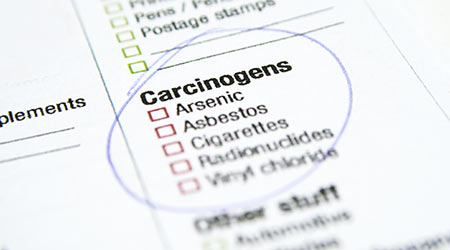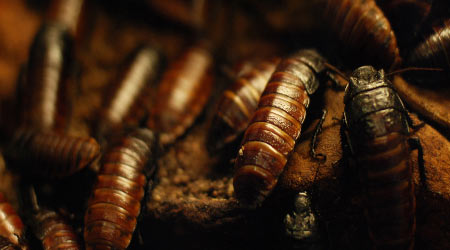
How Do You Select Green Products?
December 6, 2017
At the recent Greenbuild conference, several exhibitors touted both their products’ Red List compliance (meaning, basically, their products don’t have any really bad chemicals in them) and also the availability of Environmental Product Declarations and Health Product Declarations for their products. My, how times have changed.
About 12 years ago, the editors of Building Operating Management magazine endeavored to put together a “Green Products Directory” — a document listing how products contributed to individual LEED credits, because at the time, we thought a product contributing to the LEED was the best criterion for defining it as green.
It didn’t go as well as we hoped. We relied on a manufacturer questionnaire to tell us the specific high-performance attributes of their products, as well as which credits their products helped meet. Some product manufacturers nailed it — even back then, these vendors were sophisticated about their green marketing and knew enough to trust their customers, instead of trying to fool them. Others replies to the questionnaire weren’t so great — and this resulted in claims of “energy efficient door knobs” and “productivity-enhancing paint.”
As evidenced at Greenbuild, the green building products market has advanced by leaps and bounds — both in terms of how manufacturers talk about their products and also the criteria facility managers use to buy them.
But that doesn’t mean that “greenwashing” has totally disappeared. There are still dubious green claims out there, and FMs must stay vigilant in order to separate the rhetoric from the reality. EPDs, HPDs, and checking for Red List compliance are great ways to do just that.
This Quick Read was submitted by Greg Zimmerman, executive editor, Building Operating Management. Read his cover story on the how sustainability and resilience complement each other.
Next
Read next on FacilitiesNet












